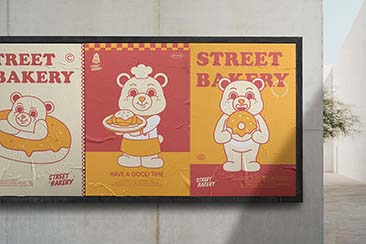Remember when downloading MP3s was the future of commercial music? How digital file transfers would bring instant accessibility without the need for a trip to the shops, or a four-day wait for the postman? And how the reduced packaging and transportation costs would mean cheaper music? Only one of those expectations really came true in the end. It’s true that downloading offers a more immediate experience than catching the bus to HMV used to do for the previous generation, but cheaper? A cursory look through the album offerings on Amazon, for example, reveals it is often cheaper to have them snail-mail the CD to the customer in a diesel van than download the album there and then. That doesn’t sound much like progress by any measure. The future, it seems, lies elsewhere. Somewhere even faster, and even cheaper.
Increased broadband performance in the nation’s homes means digital makes sense, but rather than download, we’re increasingly turning to streaming sites for our music. Why faff about with downloading, storing, syncing across devices and so on while we can just plug into a huge database of music on someone else’s servers for a monthly fee? No muss no fuss. The major player in this market — and until now really the only player, in Europe at least — has been Spotify, and with a reported 10 million users forking just under ten quid a month for the privilege (plus another 30 million using the ad-sponsored free service, just waiting to be converted to fully-paying members) there seems to be no stopping this modern-day music colossus.
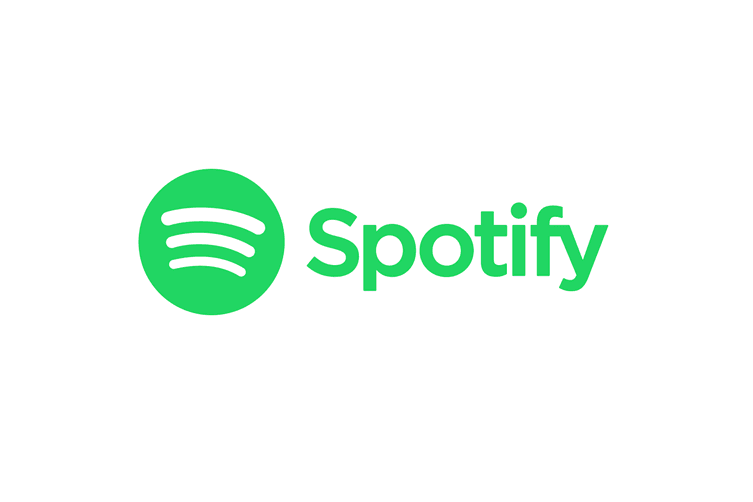
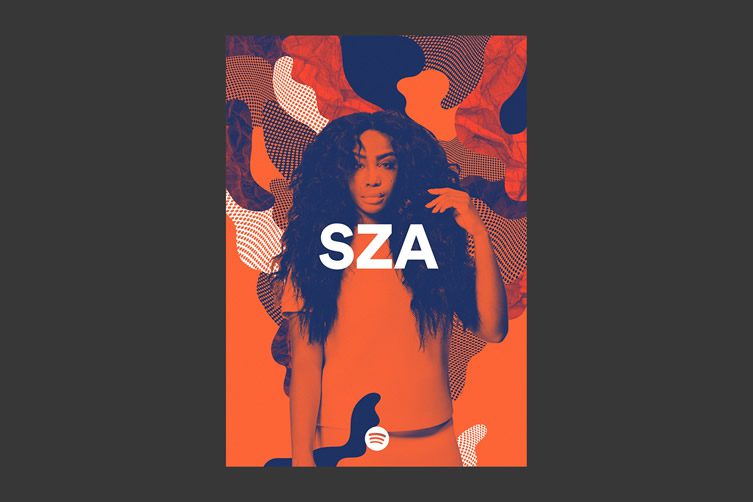
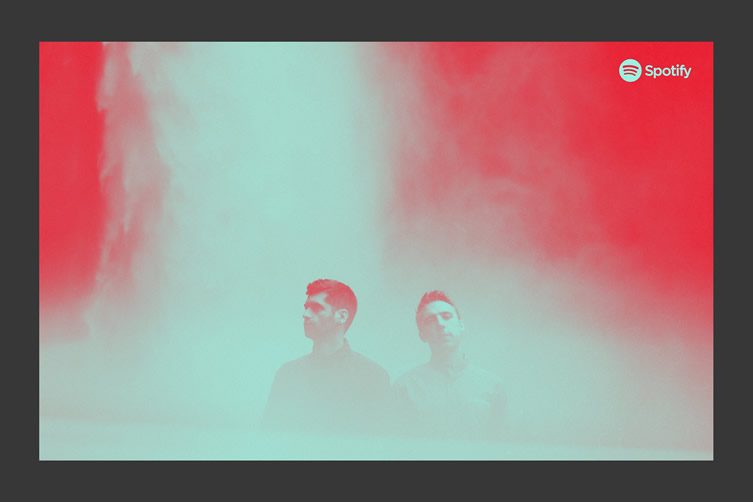
Just one problem: Spotify isn’t actually making any money. In fact, it’s lost $200 million since it was founded in 2008. The problem is that the artists who hand their music over to Spotify for hosting receive 70% of the company’s revenue — and industry analysts are questioning whether Spotify, or any streaming music service, has yet hit upon a profitable business model. Many see an ignominious failure as the only outcome for Spotify, but the company itself is bullish about the future, and, spurred on by the impending arrival of serious competition from Apple’s own streaming service, the Spotify brand is branching out into offline ventures to try to tap new revenue streams and maintain its enviable profile as the go-to destination for music on the move.
This shift in strategy has prompted a major re-brand, moving the Spotify image away from a tech-centric, internet-based one to that of a company offering a real world, in-person connection. Events such as Spotify House at this week’s SXSW festival typify this new direction, and also serves as a debut for the company’s new branding. No longer just rooms full of servers in Bumfuck, Nowhere, Spotify is now looking to place itself at the heart of the action. At the Texas shindig, Spotify has human servers delivering food and drink along with live music. Cold, nebulous clouds of binary data are out, emotion is in, and it has fallen to the experts at New York agency Collins to steer the Spotify brand into this new people-centric territory.
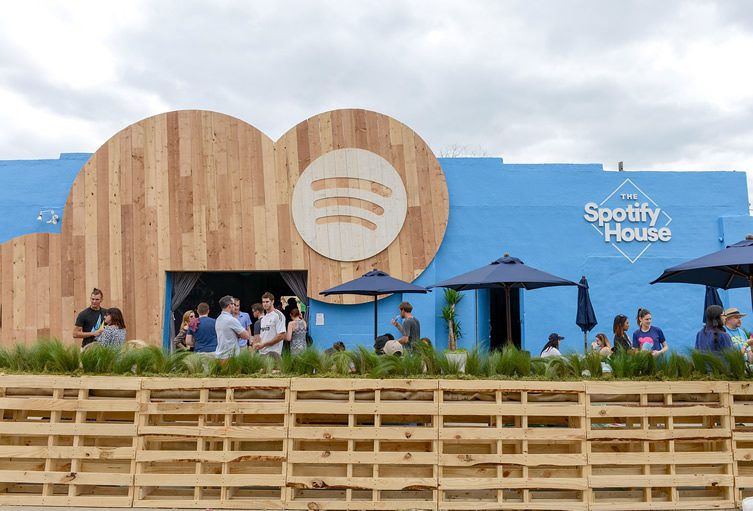
Spotify House, SXSW 2015
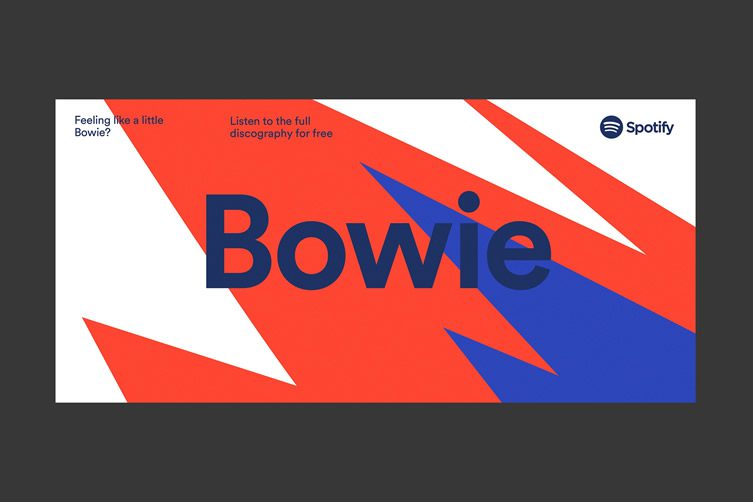
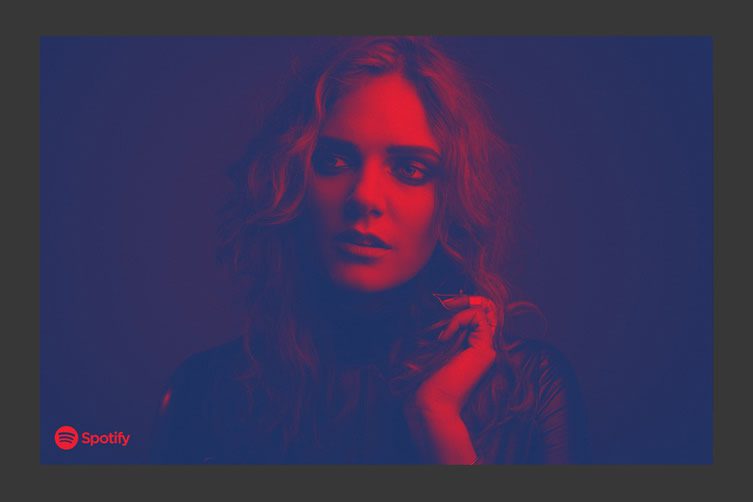
And there we go again. Brand, brand, brand. The word is as ubiquitous as branding itself. Branding is everywhere. Everybody agrees that branding is key. And yet nobody can seem to agree on what the deuce branding actually is. Yet everyone is at it; from local businesses bashing out their own designs online with tools like Instantprint to Goliaths like Apple, Starbucks, or BP with their $200 million PR fail — and don’t forget what a furore can be caused by a young tech brand changing its looks. Far brighter minds than we have clashed over the exact scope of branding, but for the purposes of this discussion, we’ll take our cue from Collins in viewing it holistically; branding can be viewed as the convergence of corporate image, product, technology, social media presence, and the context in which it engages with the consumer.
It wasn’t always so, of course. When the field of design split from advertising in the Mad Men-era of branding legend Wally Olins, it began as a logo factory popping out little easily-swallowed visual pills for big business. But visionaries like Olins saw the potential to develop things further, first as a way to communicate a company’s business strategy through design, and later incorporating aspects such as corporate social responsibility and operating philosophy. In the modern game, psychology meets science to sell consumers not just a product but a promise — a promise of what they will get, what they can expect down the line, what kind of community they will be joining and how the joining of that community will enrich their lives.
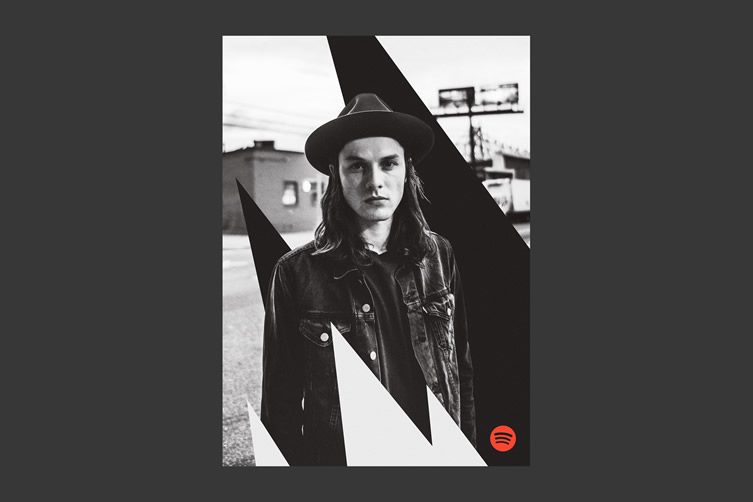
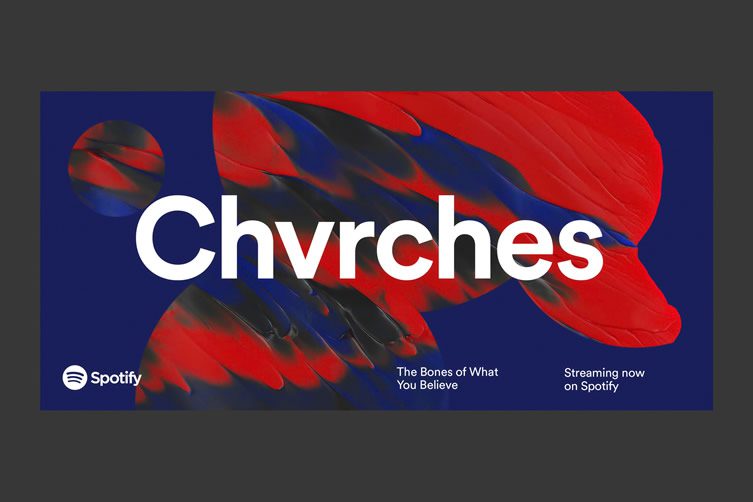
But to boil it down, branding equals money — in literal and figurative terms. Some brands are so strong that they can be given a monetary value on a balance sheet, and a massive one at that. Firms change hands for billions based on the value of the brand, when the company’s physical assets don’t amount to a whole hill of beans. Kraft, for example, didn’t pay $19.5 billion for a couple of Cadbury’s factories and a chocolate recipe. They bought decades of brand heritage and a loyal customer base. $2.56 billion seemed a lot to pay for a couple of badges in 1990, but when the badges are those of Jaguar and Land Rover, you are getting far more than a famous logo.
So how is Collins’ re-imagining of the Spotify brand going to make the company a big noise as a music brand rather than a tech firm? They know that the mainstream audience is much larger than the tech-savvy early adopters who are responsible for the uptake success story so far, and with this rebrand Spotify is far better equipped for a major assault on that section of the market. To do this, Collins has vastly expanded what was a pretty limited visual arsenal; black, white and an icky green, stock fonts and a little logo. Collins has injected a double dose of energy into the what is supposed to be an entertainment-based enterprise. The recognisable green, which had gained some “equity” over the years, has been given a bit more zing, but allied to that is a whole new range of duotone colours and a series of bursting shapes — originally modelled on the play/pause/repeat symbols — that can be over- or underlaid onto artists’ photography to create a recognisably Spotify look while retaining the artist as the focal point.
As a millennial himself, Collins co-founder Leland Maschmayer looks at his contemporaries as being defined by their energy and a desire to become “co-creators” – to get involved with the Spotify experience on more than just a User Interface level. Music as a deep experience rather than background noise. We come back to that word “emotion”, and there is nothing like music to stir that up in abundance. If Collins’ work can tap into the limitless reserves of millennial energy and emotion out there, then Spotify can look forward to a new era with renewed confidence – and finally start making some money.
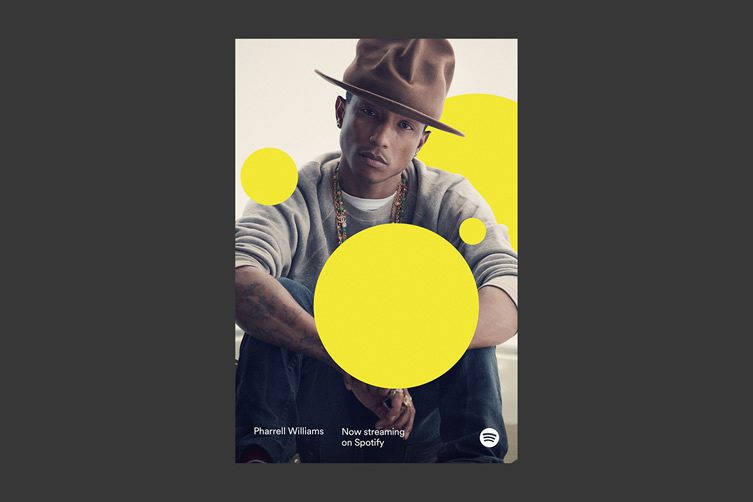
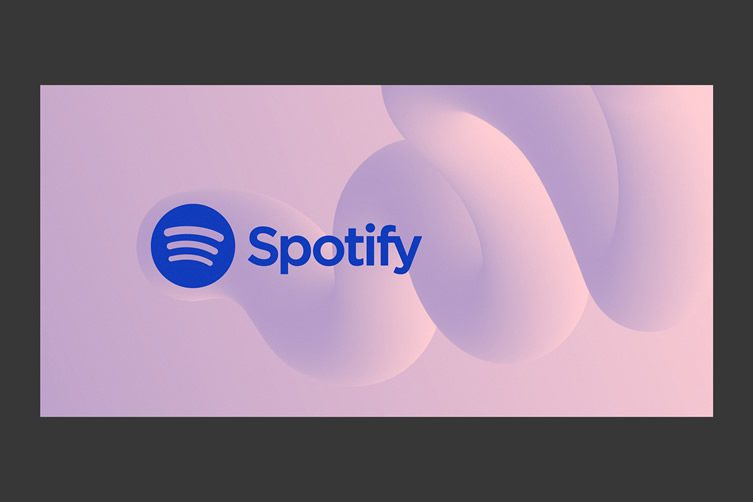
Spotify Rebrand imagery courtesy, Collins




